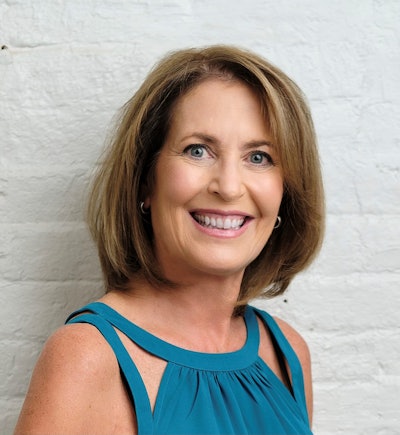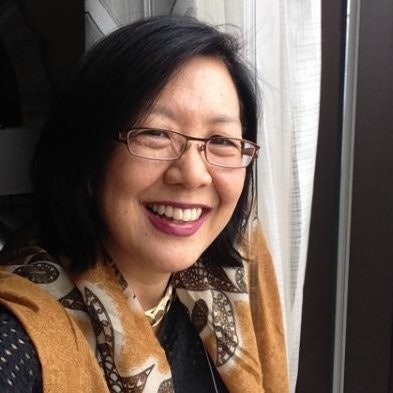Since 2018, the percentage of women of color who are presidents of higher education institutions in the state of Massachusetts has doubled from 6% to 12%. But none of those women identify as Latinx or Indigenous, and overall, there has been minimal progress for women in positions of leadership.
Women presidents make up just 34% of the 88 sitting presidents in Massachusetts, climbing just one percentage point in four years. That’s according to the latest progress report issued by the Women’s Power Gap (WPG), a campaign created to increase the number of diverse women as CEOs and institutional leaders. WPG is a part of the Eos Foundation, a private, philanthropic group working for a more equitable society.  Andrea Silbert, president of the Eos Foundation.
Andrea Silbert, president of the Eos Foundation.
“We’re understandably disconcerted at the fact that the number of women presidents hasn’t increased, really,” said Andrea Silbert, president of the Eos Foundation. “We have a pool of about a third of our positions that we can allocate among women. So, we just need a bigger slice of the pie.”
There are currently 11 open positions for presidency in Massachusetts, all of which could be an opportunity for a woman to lead, said Silbert. No R1 research university in Massachusetts currently has a sitting woman president, and of the eight elite schools that operate in the state, five have never had a women president, including Boston University.
“It’s disappointing to see our stats still in 30% range,” said Dr. Lisa Ijiri, clinical professor of higher education at Boston University, who added that an eventual woman president at Boston University would be received with “appreciation, readiness, and a sense of, what-took-so-long?”
The report indicates that the state’s community colleges have seen an overall decrease in women presidents. In 2019, 53% of the 15 community colleges in the state had a woman president. But in 2022, that number dropped 17 percentage points.
“Over the last three years, the community colleges in Massachusetts have seen a shift in leadership, including several retirements of long-serving presidents,” said Sarah Yunits, deputy executive director of the Massachusetts Association of Community Colleges. “All told, however, the colleges collectively lost only two female presidents — at the start of the upcoming fall semester, six of our 15 presidents will be women, of whom three are women of color.”
Yunits said that community colleges are continuously searching for talented women, particularly women of color, to lead their institutions, but the process can be complicated by competitive salaries and the high cost of living in Massachusetts.
 Dr. Lisa Ijiri, clinical professor of higher education at Boston University,
Dr. Lisa Ijiri, clinical professor of higher education at Boston University,
“Harvard University, Brandeis University, and Massachusetts Institute of Technology, since 2018, have selected their first women board chairs — that’s a big deal,” said Silbert. “There are, however, a number of schools that have never had either a women board chair or president. In this day and age, there’s no excuse for them not to have had a woman in at least one of those spots.”
No women of color currently serve as board chair at any of Massachusetts’s R1 institutions, according to the report.
It may be tough for women to gain an equal share of the “pie” because some institutions behave in a “one and done” manner, said Ijiri, which means that, after an institution hires a woman, they may feel no need to do so again, returning “to a more traditional view of a president.”
Silbert agreed.
“That’s my great concern, taking the foot off the pedal of intentionality and gravitating back to the norm,” said Silbert. “[Institutions] should be intentional [and] seek out and treat unconscious bias.”
Ijiri said that institutions themselves could do more to build a direct pipeline to the presidency by creating more areas of professional development, safe spaces for those interested in leadership to train and build confidence.
“Women will hesitate to put themselves forward unless they have demonstrated success, and they might self-select to not participate in the search,” said Ijiri. “We can encourage colleagues to try for a role, [creating] a learning environment.”
Silbert said that she and the Eos Foundation hope to one day achieve full gender parity, with 50% of sitting institutional presidents being women.
“There’s so many talented women out there, they are getting the majority of undergrad, graduate degrees, and Ph.D.s, and they have been for the last two decades,” said Silbert. “There’s really no excuse not to have 50% women.”
Liann Herder can be reached at [email protected].






















